The field of quantum computing has long been dominated by superconducting qubits and trapped ions, but a quiet revolution is brewing in the realm of photonics. Topological photonic chips are emerging as a promising platform for scalable, fault-tolerant quantum computation, offering a unique blend of robustness and integrability that could redefine how we approach light-based quantum information processing.
At the heart of this technological shift lies the marriage between topological physics and nanophotonics. Researchers have discovered that by carefully engineering the geometry of photonic structures, they can create protected pathways for light that are inherently resistant to scattering and fabrication imperfections. These topological waveguides maintain phase coherence over remarkably long distances—a critical requirement for photonic quantum gates and interference-based operations.
The fundamental advantage of topological protection becomes apparent when considering the challenges of conventional integrated photonics. Traditional photonic circuits suffer from scattering losses and phase errors caused by minute defects in fabrication. Topological designs circumvent these issues through their unique property of backscattering suppression, allowing photons to navigate sharp bends and imperfections without losing their quantum information. This characteristic could prove transformative for quantum photonic circuits requiring precise phase relationships across thousands of components.
Recent experiments have demonstrated the quantum potential of these platforms. Scientists have successfully generated and manipulated entangled photon pairs within topological photonic chips, showing that the quantum nature of light remains intact even when routed through complex topological structures. More remarkably, these chips have exhibited the ability to perform basic quantum logic operations with fidelity rates approaching those needed for fault-tolerant computation.
Integration represents perhaps the most compelling aspect of topological photonic quantum computing. Unlike bulk optical setups that fill entire laboratories, topological chips can potentially incorporate all necessary components—single-photon sources, reconfigurable circuits, and detectors—on a single semiconductor wafer. Several research groups have already demonstrated the monolithic integration of quantum dot emitters with topological waveguides, creating compact systems that generate and route quantum light within footprints measuring mere millimeters.
The road ahead still contains significant challenges. While topological protection mitigates many fabrication imperfections, achieving the necessary precision for large-scale quantum circuits remains demanding. Researchers are actively working on improving the quality factors of topological cavities and reducing losses at interfaces between different topological components. Another critical frontier involves developing efficient methods to dynamically reconfigure topological circuits—a requirement for universal quantum computation.
Industry observers note that topological photonic chips could reach commercial viability sooner than many anticipate. Several startups have begun exploring applications in quantum communication and specialized computing tasks. The military and financial sectors have shown particular interest, recognizing that photonic approaches may offer unique advantages in terms of room-temperature operation and compatibility with existing fiber optic infrastructure.
Academic collaborations between physicists, materials scientists, and quantum information theorists are accelerating progress in this field. New designs incorporating higher-order topological insulators and synthetic dimensions promise even greater control over quantum light. Meanwhile, advances in inverse design algorithms are enabling the discovery of topological structures optimized specifically for quantum information tasks rather than adapted from classical photonic designs.
As the technology matures, topological photonic chips may not only enable practical quantum computers but also open new possibilities in quantum simulation. The same properties that protect quantum information could allow researchers to engineer exotic quantum states of light for studying fundamental physics. This dual potential—as both a computational platform and scientific instrument—makes topological photonics one of the most dynamic frontiers in quantum technology today.
The coming years will likely see topological photonic chips transition from laboratory curiosities to essential components in the quantum computing ecosystem. While challenges remain, the field's rapid progress suggests that light-based quantum computation may achieve scalability through topological protection sooner than previously thought possible. As integration techniques improve and quantum control becomes more sophisticated, these chips could well become the foundation for the first generation of practical, room-temperature quantum computers.

By /Aug 14, 2025

By /Aug 14, 2025

By /Aug 14, 2025
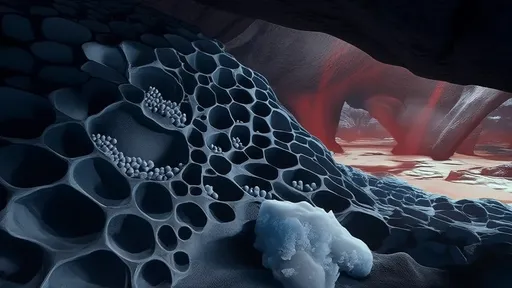
By /Aug 14, 2025

By /Aug 14, 2025
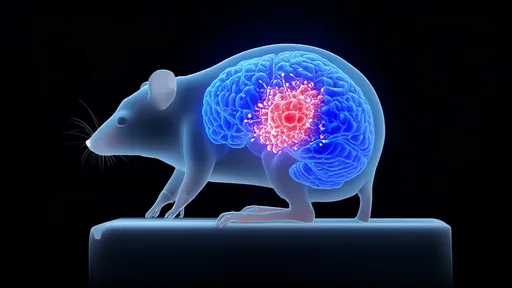
By /Aug 14, 2025

By /Aug 14, 2025
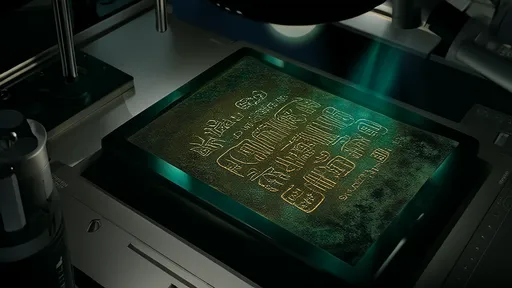
By /Aug 14, 2025
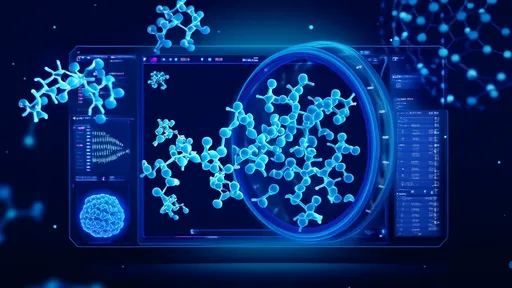
By /Aug 14, 2025

By /Aug 14, 2025
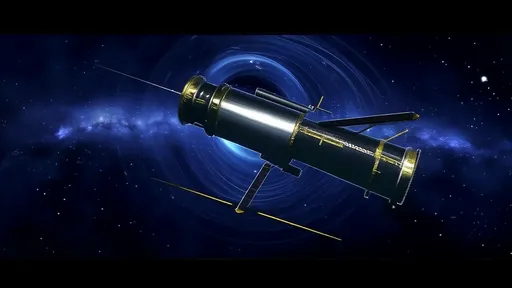
By /Aug 14, 2025

By /Aug 14, 2025

By /Aug 14, 2025

By /Aug 14, 2025

By /Aug 14, 2025

By /Aug 14, 2025

By /Aug 14, 2025

By /Aug 14, 2025

By /Aug 14, 2025
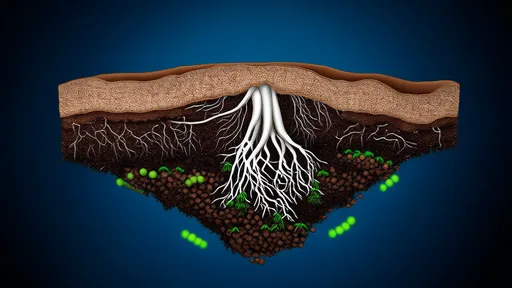
By /Aug 14, 2025